Spring vegetables are fresh, tender crops harvested during the early months of the growing season, typically from March to May. These vegetables are among the first to sprout after the winter frost when the weather becomes warmer.
Known for their vibrant flavors and crisp textures, spring vegetables are often lighter and more delicate than those grown in other seasons. They are favored for their versatility in culinary uses after the colder months when fresh produce is less abundant.
In this read, you can explore the best spring vegetables and their unique characteristics. At the end, you’ll find ideas about which spring vegetables are common in different cuisines.
Start reading to uncover the vibrant flavors of spring!
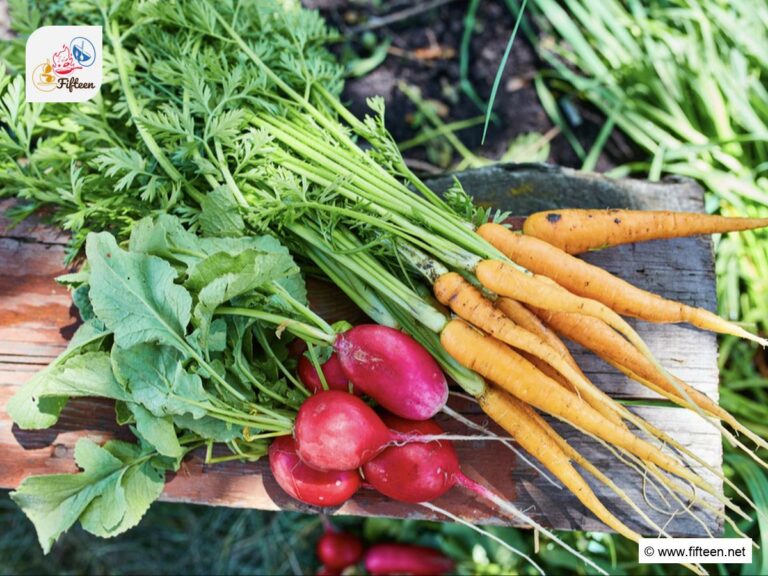
23 Best Spring Vegetables That Are in Season
Below are the 23 best spring vegetables to enjoy this season. Use the filter function to quickly find your favorite options and make the most of spring’s bounty!
Okra
- For Dishes
Okra is an edible green seed pod that is long and ridged. This elongated fruit vegetable has a slimy texture that can be reduced through various cooking methods.
When cooked, okra has a mild, grassy flavor and a tender yet slightly mucilaginous texture. Usually, okras prefer warm temperate regions, mainly harvested in spring.
Okra can be enjoyed in a variety of preparations, including frying, boiling, and pickling, and is a staple in many Southern U.S. and West African cuisines.
Cucumber
- For Beverages
Cucumber is a widely consumed fruit vegetable during spring, providing a refreshing, mild flavor and high water content. Typically green and elongated, cucumbers can also be spherical, and their smooth or slightly textured skin ranges from pale green to dark green.
The flesh is crisp and juicy, making cucumbers a popular choice for raw consumption in salads or as a hydrating snack. Cucumbers can also be pickled for a tangy and crunchy experience.
Cucumber comes in three varieties, including slicing cucumbers, pickling cucumbers, and seedless cucumbers.
Amaranth
- For Dishes
Amaranth is a leafy green with vibrant colors ranging from deep reds to bright greens. The leaves are tender and mildly flavored, often enjoyed during spring, perfect for salads or sautéed dishes.
The veggie is highly valued for its nutrients and adaptability to various cuisines or cooking methods.
Tomato
- For Dishes
Tomato is a fruit vegetable thriving in the warmth of spring, bursting forth in vibrant colors such as red, yellow, green, and purple. When ripe, these tomatoes become red and offer a taste varying from sweet to tangy.
Furthermore, the fruits are juicy, and smooth in texture, offering various shapes and sizes, from small, bite-sized cherry tomatoes to large, meaty beefsteak varieties. They are a staple in global cuisines, adding a signature sweet and sour profile to recipes.
Radish
- For Dishes
Radish is a crisp and peppery root vegetable with colors including red, white, pink, and purple. Known for its sharp, spicy flavor, radishes can add a zesty crunch to salads and dishes.
Their texture is firm and crunchy, making them refreshing for raw consumption. Radishes can be round or elongated, with smooth or slightly rough skin.
They are often enjoyed in spring and early summer, bringing a burst of color and flavor to meals.
Carrot
- For Dishes
Carrot is a root vegetable prized for its sweet, earthy flavor and crisp texture. Available widely during spring, carrots feature a spectrum of colors including orange, purple, red, yellow, and white.
Whether eaten raw, cooked, or juiced, they offer a satisfying crunch and a hint of natural sweetness. Common carrots are long and slender or short and stubby, with a smooth, slightly tapering shape.
They are a staple in salads, soups, stews, and even desserts.
Asparagus
- For Dishes
Asparagus is a spring vegetable featuring tender, spear-like stalks and a vibrant green color, though it also comes in purple or white varieties. These long stalks are delicate and slightly sweet, with a hint of earthiness.
When cooked, asparagus offers a crisp-tender texture, serving as a side dish for many specialties. This vegetable can be steamed, grilled, roasted, or enjoyed raw in salads, boasting a slightly nutty flavor to the table.
Artichoke
- For Dishes
Artichoke is a unique spring vegetable renowned for its earthy flavor and tender heart. Its leaves, often green or purple, form a tight, globe-like structure around the artichoke heat.
The outer leaves yield a slightly nutty taste, while the heart is prized for its creamy, delicate texture. Artichokes can be steamed, boiled, grilled, or roasted for serving with dips or incorporated into salads and pasta.
Kale
- For Dishes
Kale is a leafy green vegetable, featuring a robust, slightly bitter flavor and sturdy texture. Available in shades of green and purple, its leaves can be curly or flat, perfect for mixing with other veggies for making salads.
Kale is versatile, fitting well in salads, soups, and smoothies. This vegetable is cherished for its culinary and dietary versatility.
Rhubarb
- For Dishes
Rhubarb is a tart, tangy vegetable stalk often used in desserts and jams. Its long, crisp stalks range in color from pale green to deep red, coming with a sharp and sour taste for complementing pies, crumbles, and sauces.
These long stalks are firm and crunchy when raw, but they soften to a tender consistency when cooked. Despite its vegetable classification, rhubarb is commonly treated as a fruit in cooking, prized for its unique taste.
Green Onion
- For Garnishes
Green onion is a common green during spring, possessing a mild, slightly sweet flavor, used for seasoning dishes. Common green onion is slender with hollow stalks that are white at the base.
Often added raw, green onion provides a crisp and crunchy profile making it ideal for garnishing salads, soups, and stir-fries. Many favor green onions in cooking for their slight kick of pungency when partially cooked in broth.
Lettuce
- For Dishes
Lettuce is a leafy green prized for its refreshing crunch and mild, slightly sweet flavor. The fast-grow veggie comes in various colors and textures, from the tender, pale green leaves of butterhead to the crisp, dark green leaves of romaine.
As a staple in salads, lettuce provides a light, fresh base, pairing well with a variety of ingredients. The veggie adds a crisp texture and subtle flavor to enhance many dishes.
Leek
- For Dishes
Leek is a mild, sweet onion-like green, commonly used in cooking. The long, slender stalks can transition from dark green at the top to white at the base.
In spring, leeks thrive abundantly with peak flavors and texture. Unlike regular onions, leeks offer a subtler flavor, perfect for making soups or stews.
Garlic Scape
- For Dishes
A garlic scape is a tender, green stalk available during the spring season, coming from the garlic plant, offering a mild, garlicky flavor. Its curly, vibrant green stems have a crisp texture, making them ideal for use in stir-fries, pesto, and salads.
Garlic scapes are typically harvested in late spring and early summer, with the taste being less intense than garlic bulbs. Typically, these garlic stalks are cut into small pieces for sprinkling into dishes.
Snow Pea
- For Dishes
Snow pea is a crisp and sweet vegetable enjoyed for its entire edible pod. Typically bright green and flat, snow peas offer a satisfying crunch and a delicate, sweet flavor. Their tender texture makes them perfect for raw snacks, stir-fries, and salads.
Snow peas thrive in the cool weather of spring and early summer, adding a fresh, vibrant ingredient to any salad mix.
Snap Pea
- For Dishes
Snap pea is a type of edible pod pea known for its sweet flavor and crunchy texture. These peas have rounded pods with thick walls, giving them a satisfying bite.
They are typically bright green and can be eaten raw or cooked, making them a versatile addition to salads, stir-fries, and snacks.
Snap peas thrive in the cool weather of spring, providing a fresh, crisp ingredient during this season.
Spinach
- For Dishes
Spinach is a leafy green with a mild, slightly earthy flavor and tender texture. The leaves can range from smooth and flat to crinkly and curly, varying colors from vibrant green to deep, dark green.
Thrive in cool weather, spinach often flourishes in spring and fall, employed in salads, and cooked in a variety of dishes, from soups and stews to sautés and smoothies.
Celery
- For Dishes
Celery is a crisp and refreshing vegetable with long, fibrous stalks in a shade of green. Its mildly bitter, slightly peppery flavor adds a distinctive crunch to salads, soups, and stir-fries. T
Celery is often used in culinary bases like the French mirepoix, which combines celery with onions and carrots, and the Cajun “holy trinity” which includes celery, bell peppers, and onions.
Beet
- For Dishes
Beet is a root vegetable with a deep red or golden color and earthy, slightly sweet flavor. The root can be round or carrot-shaped, offering a firm texture.
In the culinary world, beets are enjoyed roasted, boiled, pickled, or raw in salads. Furthermore, the leaves are also edible, serving as an additional source of fiber.
Beet can come in various varieties, including red beetroot, sugar beet for sugar production, and mangelwurzel for animal fodder.
Fiddlehead
- For Dishes
Fiddlehead is the furled frond of a young fern, coming in a coiled shape, resembling the head of a fiddle. These spring vegetables are harvested before the fronds fully unfurl, sporting a slightly grassy, nutty flavor with a crisp texture.
Typically available in the spring, fiddleheads can be sautéed, steamed, or boiled and are often served with butter, lemon, or garlic.
Fiddleheads are particularly popular in North America, where the ostrich fern variety is commonly consumed. They are also used in traditional dishes in Japan, Korea, and parts of Europe.
Arugula
- For Dishes
Arugula is a leafy green vegetable that is dark green, spiky, and dandelion-like, providing a crisp texture. Known for its distinct, peppery flavor and slightly bitter taste, arugula flourishes in spring and fall, coming in with a fresh, zesty note.
Native to the Mediterranean region, the plant can grow up to 100 cm tall, with deeply lobed leaves and small creamy white flowers with purple veins.
Ramp
- For Dishes
Ramp is a wild, perennial vegetable with broad green leaves and a white bulb. Popular for its strong garlic-like aroma, ramp comes in a taste that combines onions and garlic.
Found in moist, wooded areas across eastern North America, ramps typically emerge in early spring, providing tender leaves while the bulbs offer a mild, sweet taste with a hint of pungency.
Ramps can be eaten raw, sautéed, pickled, or used in a variety of dishes such as soups and egg scrambles. They are particularly popular in Appalachian cuisine and are celebrated in numerous regional festivals.
Shallot
- For Dishes
Shallot is a member of the Allium family, which is related to onions and garlic, and is known for its delicate, mild flavor and slightly sweet taste. Typically, shallots have a bulb structure composed of multiple cloves, much like garlic.
Their skin can range from golden brown to gray to rose red, while the flesh inside is off-white, often tinged with green or magenta. When cooked, shallots offer a rich, complex flavor that enhances many dishes without overpowering other ingredients.
What Are Common Spring Vegetables in Different Cuisines?
Here’s an overview of common spring vegetables across different continents and their culinary uses:
Spring brings a wide variety of fresh Asian vegetables. Spinach, green onions, snow peas, and garlic scapes are common veggies from China and Japan, used in stir-fries and soups.
In the Indian veggie collection, okra and radishes are common in curries and salads, and amaranth greens are popular. Cucumbers and lettuce are common Thai and Vietnamese veggies in salads and rolls, and spinach in soups and stir-fries.
European spring vegetables include a mix of leafy greens, roots, and more. Artichokes, asparagus, and tomatoes are popular in the Mediterranean region, often featured in Italian and Greek fares.
Northern Europe sees an abundance of asparagus, particularly in Germany, where it is considered a delicacy. Leeks and radishes are commonly used in tasty French dishes like salads and soups. Beets are a common Russian vegetable featured in soups and stews.
In North and South America, spring brings a variety of vegetables. In the U.S. and Canada, asparagus, fiddleheads, and ramps are popular, along with snap peas and carrots in salads and sides.
In Latin America, especially Mexico and Central America, tomatoes, lettuce, and celery are staples in salsas, soups, and salads, with green onions and shallots adding flavor to traditional dishes.
In spring, vegetables of Africa vary widely across the continent’s diverse climates. In North Africa, green peas, carrots, and lettuces are common, often used in Moroccan tagines and salads.
Okra is a staple in many West African dishes, often found in soups and stews. In East Africa, amaranth leaves, known locally as “terere,” are used in many traditional dishes. Tomatoes, spinach, and beets are also prevalent in various recipes across the continent.
In Oceania, particularly in Australia and New Zealand, springtime sees a variety of fresh vegetables. Asparagus, spinach, and rhubarb are popular, often featured in both savory and sweet dishes.
Green onions, lettuce, and carrots are frequently used in salads and as accompaniments to grilled meats.
Spring vegetables offer a fresh start to your seasonal cooking. Have a favorite recipe? Share with me in the comment section. Enjoy their crisp textures and vibrant flavors, and don’t forget to explore other seasonal produce on our website!


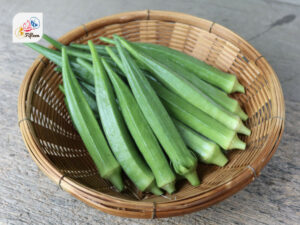
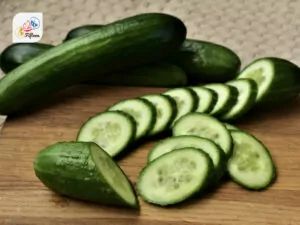
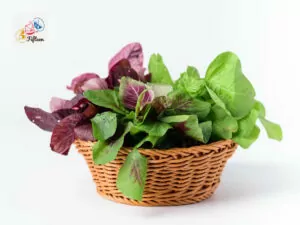
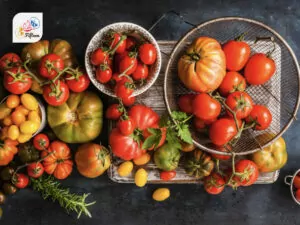
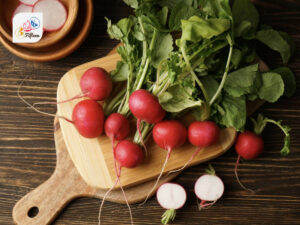
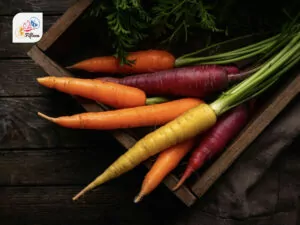
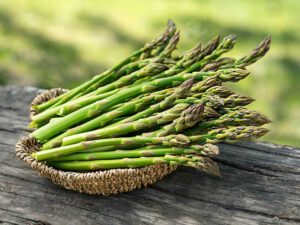
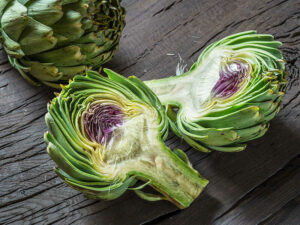
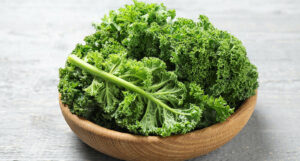
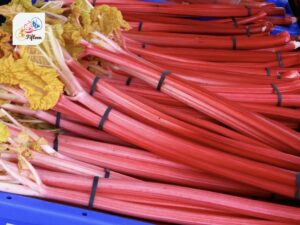
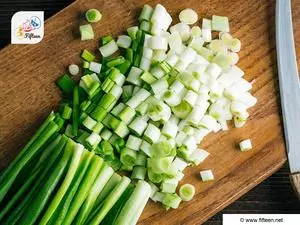
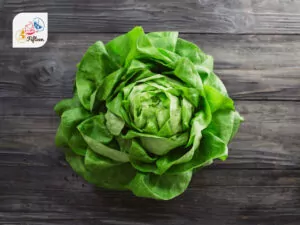
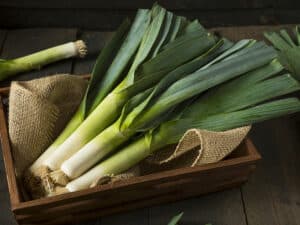
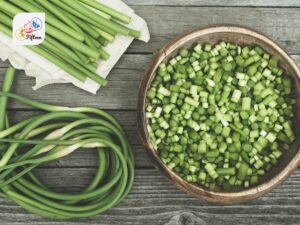
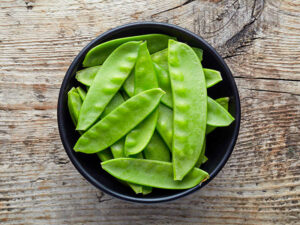
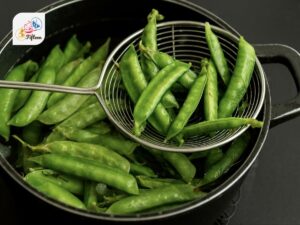
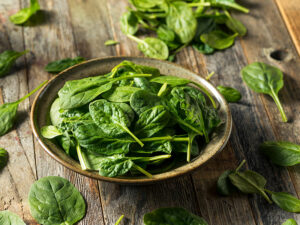
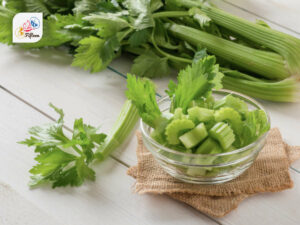
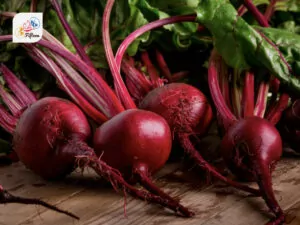
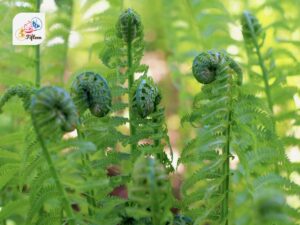
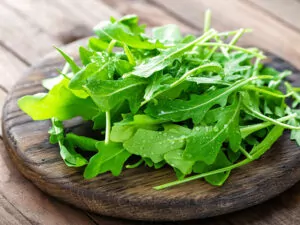
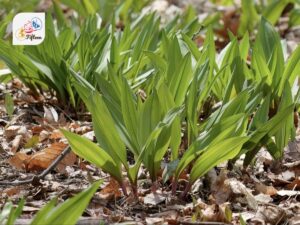
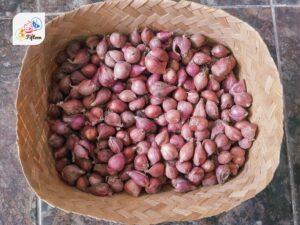
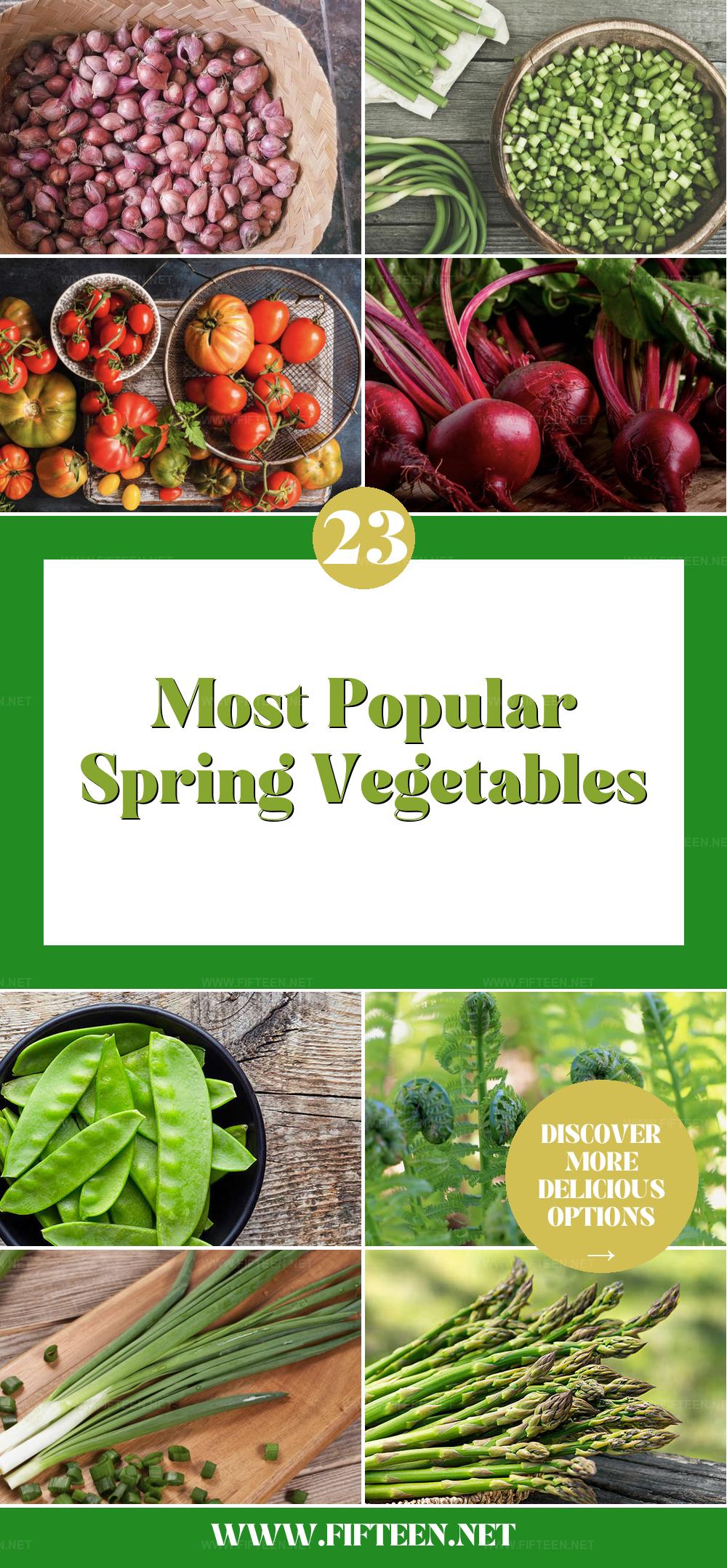
Jamie Scott
Editor in Chief, Senior Content Writer
Expertise
Home Cooking, Meal Planning, Recipe Development, Baking and Pastry, Food Editor, Cooking-video Maker, Western Food Evaluation Expert
Education
Le Cordon Bleu College of Culinary Arts
Local Community College, New York, NY
Jamie Scott is a skilled culinary expert and content creator specializing in Western cuisine. With over 15 years in the culinary field and formal training from Le Cordon Bleu, Paris, Jamie deeply understands how to blend nutrition with delicious flavors. His passion for cooking matches his commitment to making healthy eating accessible and enjoyable.
On Fifteen.net, Jamie brings a fresh perspective to classic dishes and beverages, offering readers insightful recipes, cooking tips, and a fresh view on meal planning that emphasizes taste, health, and simplicity.